- info@naturebylennart.com

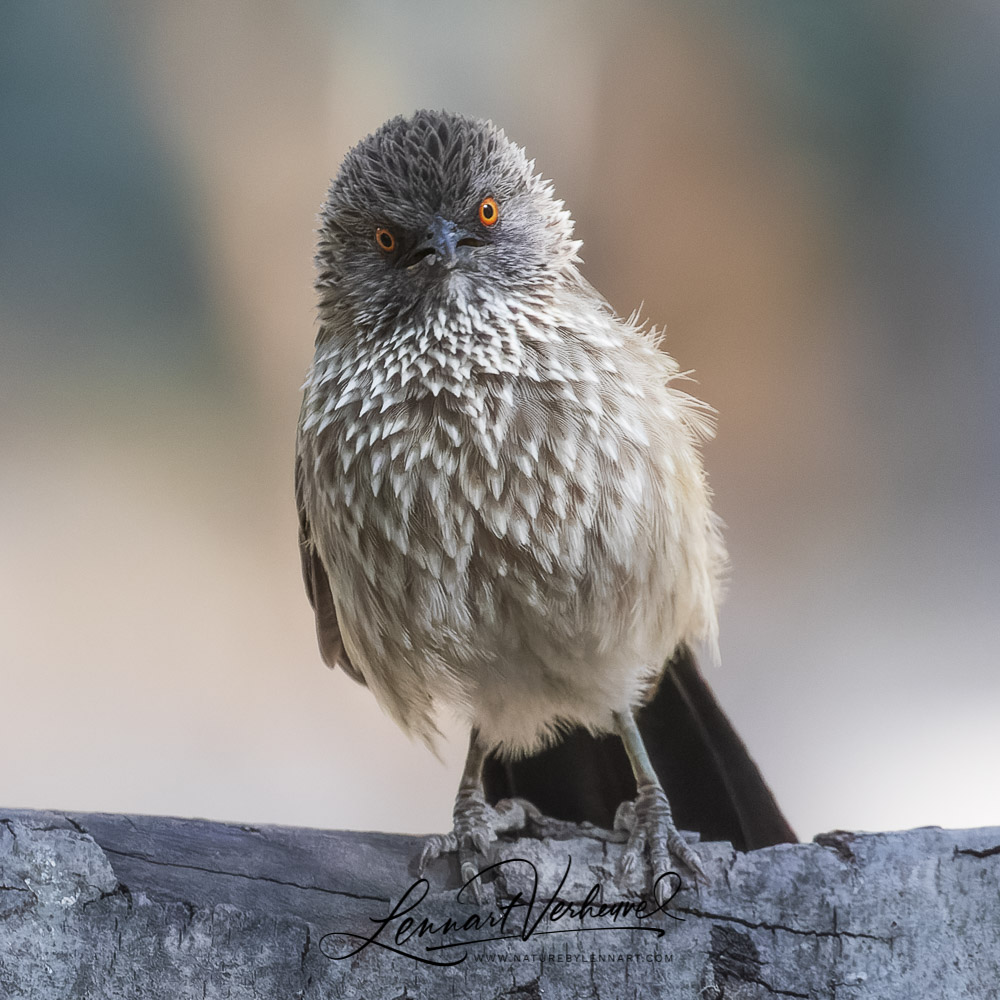
Although the average Dutch garden does contain much birds then one might initially think, the African garden is something else. Here no Blackbirds or Finches but very different birds. In some ways the basis stays the same, they also have doves here, but there is al lot of stuff on top of that.
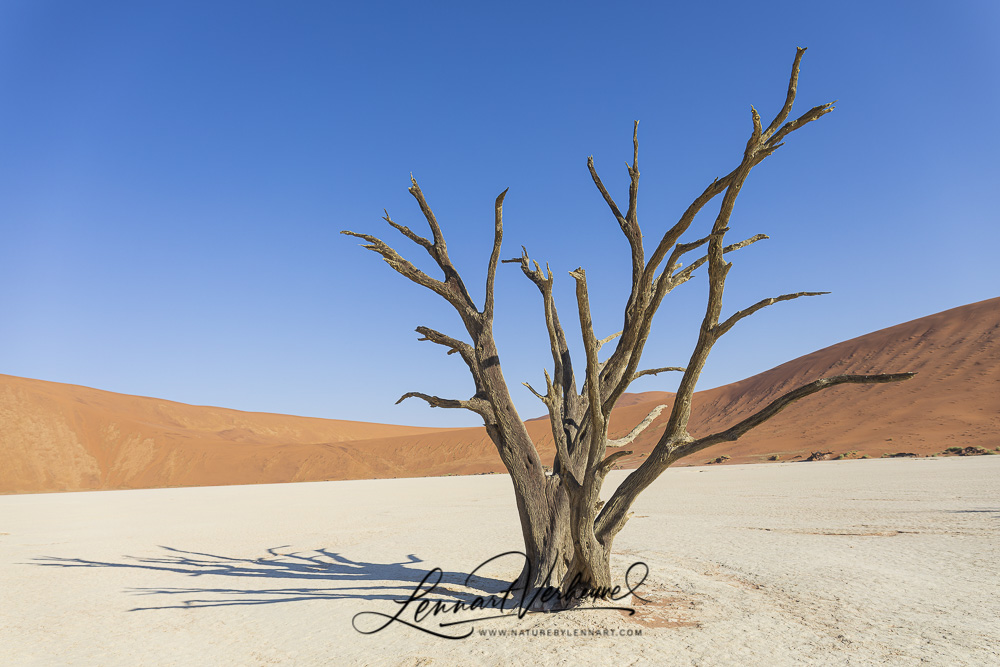
The red desert of Namibia is famous. Here beautifully shaped sand dunes can be seen with a peculiar red colour. The most iconic place is Deadvlei: a plain of white clay surrounded by some of the highest sand dunes in the world, up to 400 meters! The plain has some gnarled acacia trees which give the pictures that iconic look.
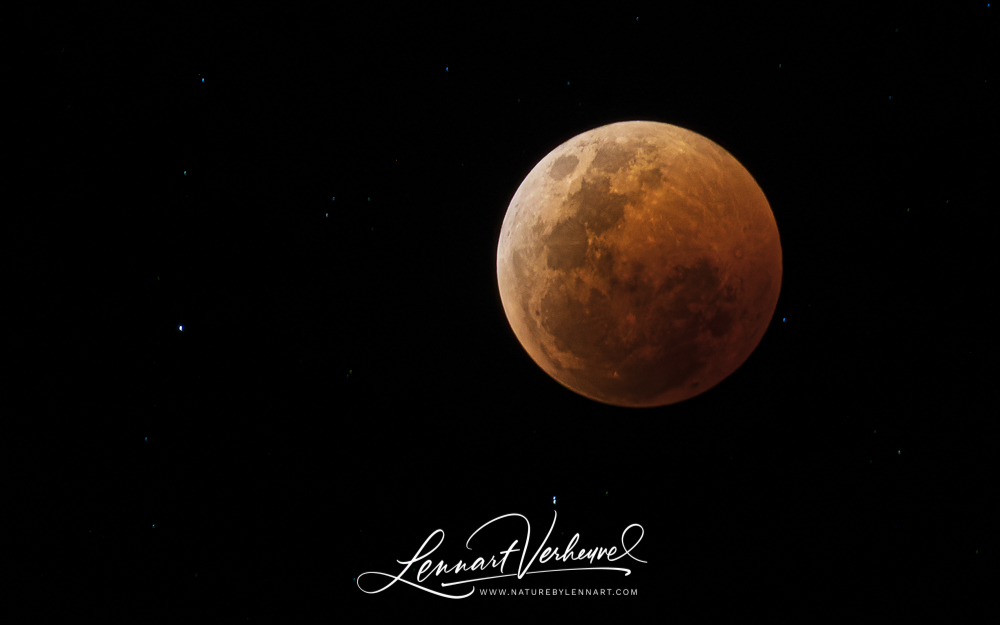
Spitzkoppe is a mountain landscape with all kinds of whimsically shaped rock formations. We’ve set up camp here. Right at our arrival we already enjoyed an amazing sunset.
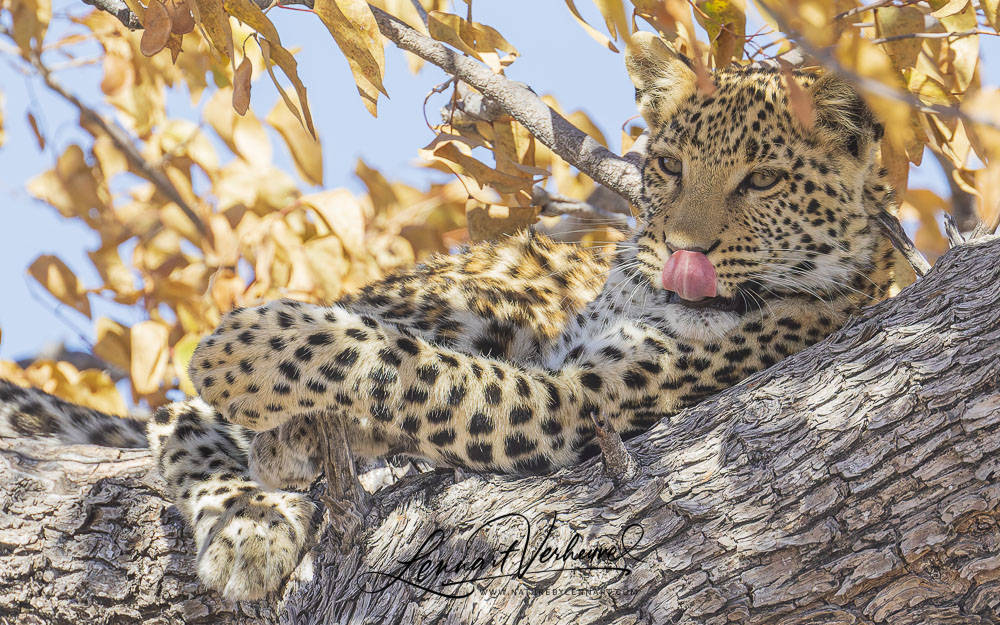
Today would be our second and final day in Etosha National Park. Alas, we must go on! Of course we hope to get the maximum out of the time we have left, so we’re waiting early at the gates again. We’re all still sleepy from yesterday. About one hundred meters after entering we’re wide awake: a lioness is stalking a prey!
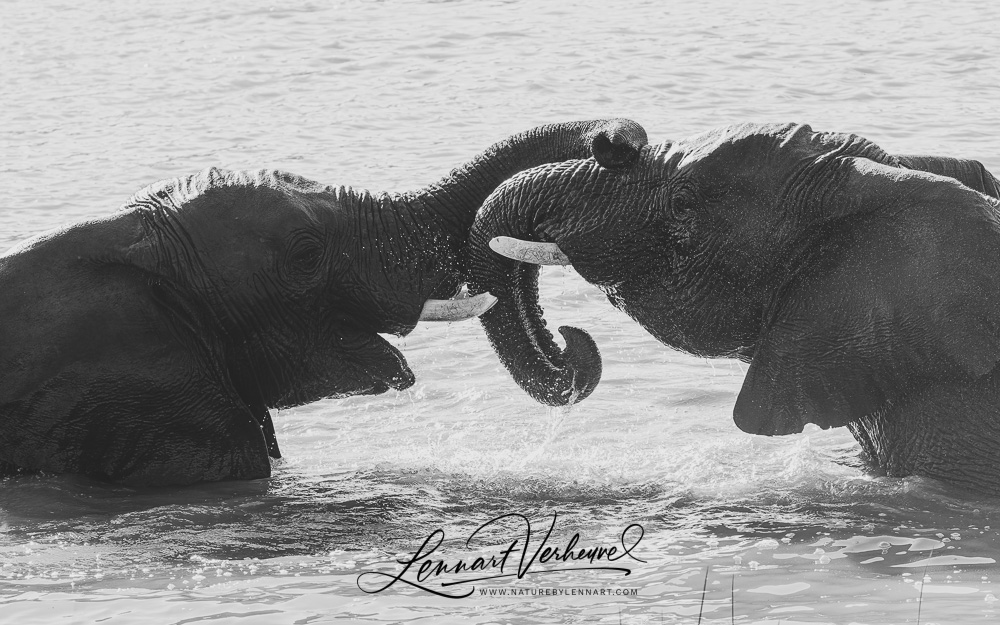
Before I went to Africa, Elephants didn’t do much for me. Of course the Elephant is a colossal animal with a trunk and tusks and those are all points in its favour, but I just wasn’t feeling very excited about them. The first Elephant I ever saw was a worn out female that was spending the last years of her life in Okavango. Pretty cool of course, to see your first Elephant, but still it didn’t really change my mind about Elephants. Then I watched how they behave together.
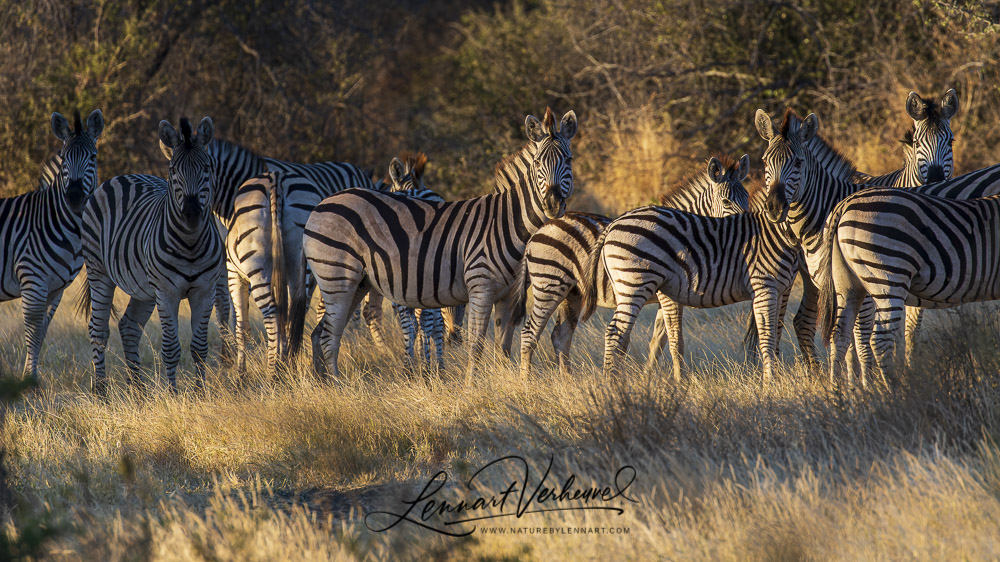
Africa has many kinds of ungulates, ranging from the prehistoric seeming rhino’s to the tiny steenbok. That’s why I wanted to give them some special attention in a separate blog and give you an idea of the kinds of ungulates you could encounter in Africa, by showing some of the ones I encountered during my trip through South-Africa, Botswana and Namibia.
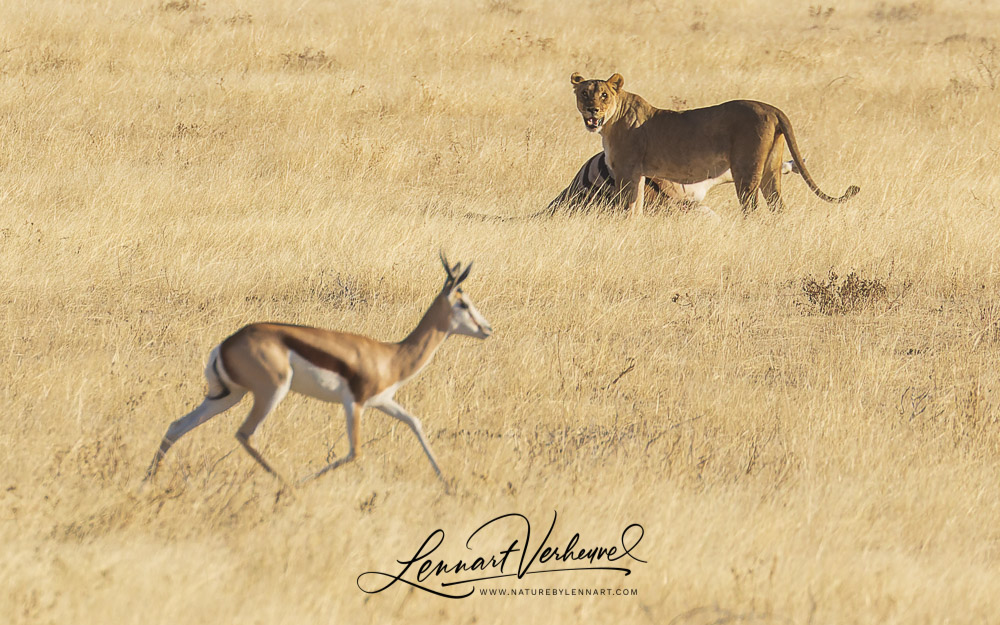
We’ve been traveling for about half a week now with a group of seventeen. We’re traveling in three cars. Today is the day on which we will finally visit Etosha National Park. The day before we left Maun in Botswana and we’ve driven all the way to Etosha in Nambia. That was quite a distance! We left Maun 6 in the morning and about 2.30 in the night we arrived before the gates of Etosha. We quickly put up our tents and already at 5.30 we are waiting for the gates to open. But it would finally begin: a visit to the famous Etosha!

The Okavango Delta is the largest delta in the world that is not connected to a sea and I was able to visit a small part of it. The most obvious way of transport in such an area with a lot of water is of course a boat, but large areas of the Okavango are very shallow: about half a meter. That’s why local inhabitants have used hollowed out tree trunks, mokoro’s, for ages to be able to move around quickly in this swamp. Nowadays it’s mainly a tourist business and the mokoro’s are now made of plastic. It all works still the same though! Two people sit together in a mokoro and on the stern stands a guy that keeps the whole thing going. Our plan was to spend the night with our group in the Okavango. We would go there in a mokoro and the next morning we would do a bushwalk. So at the end of the afternoon we sailed into the Okavango, which that was already a very nice experience on its own.
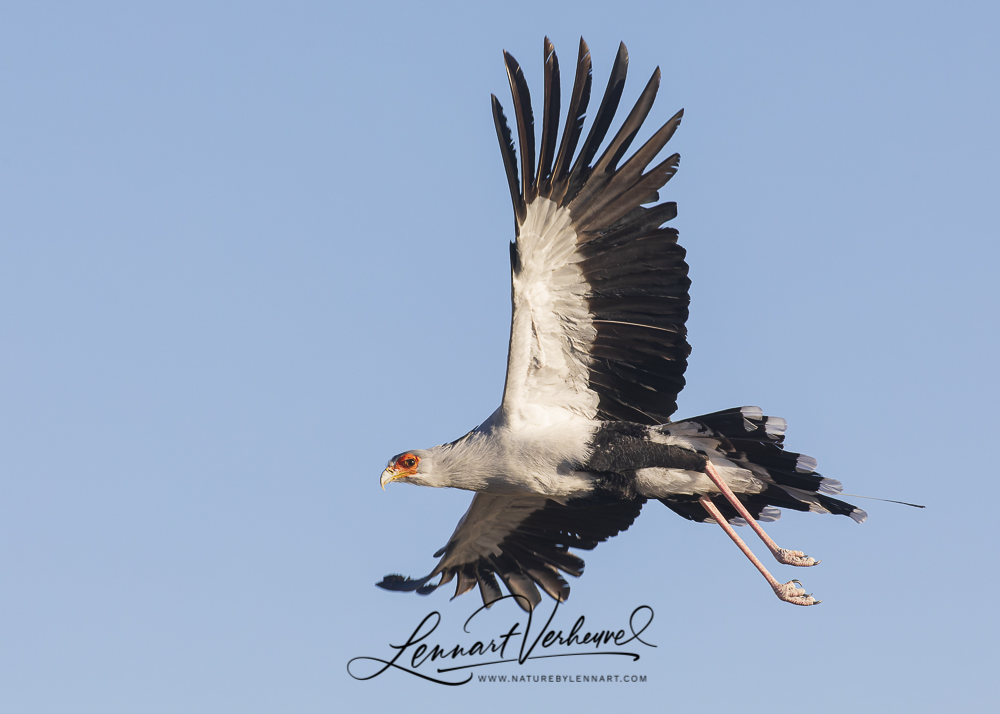
Talking about the African savannah, most people will probably be thinking about lions and elephants. Those species do indeed live there and they are certainly nice to look at! Still, I can recommend everyone to also pay some attention to the birds hopping and flying around the big pile of mammals. Of course there is the Ostrich, the largest bird in the world although it can’t fly. That’s a bird most people will still recognize and probably also want to see when they go on safari. And, to be fair, they are certainly worth a look or two.
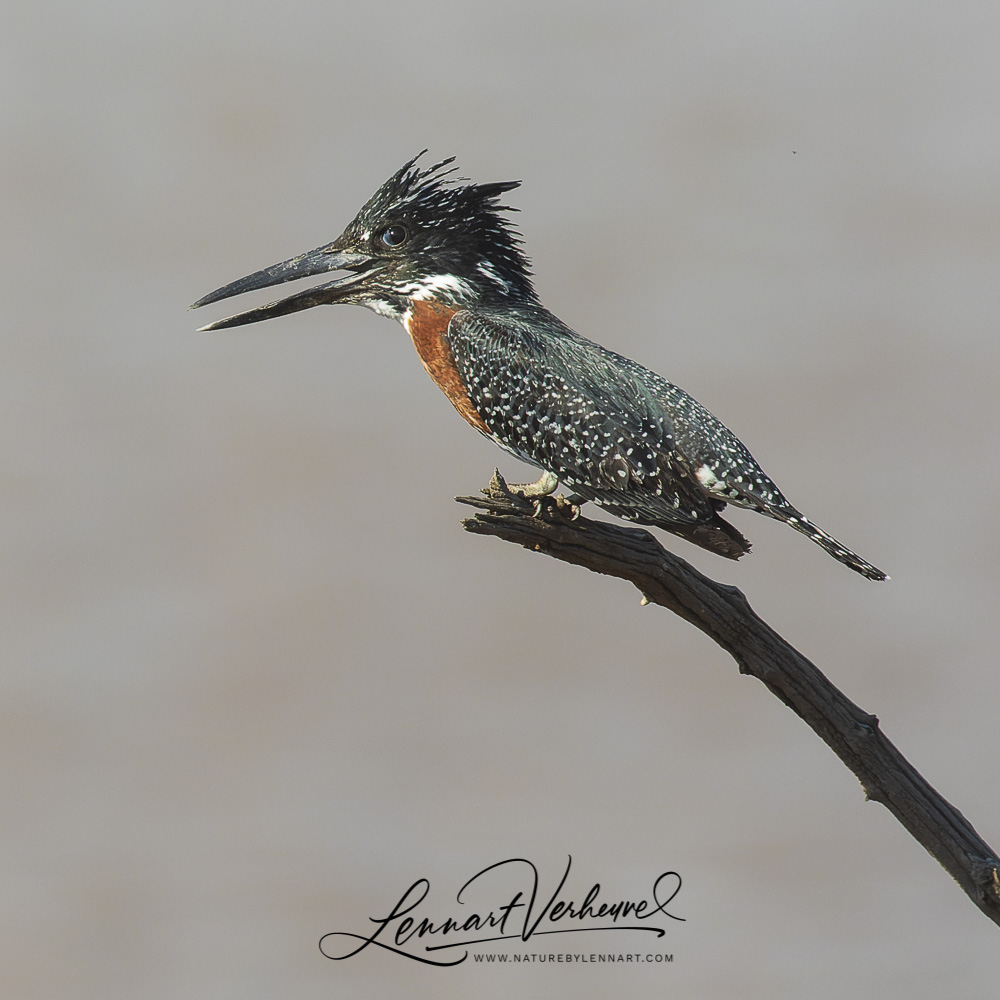
The Okavango Delta is the largest delta in the world that is not connected to a sea. A number of bird species feel right at home in that kind of area. During my trip through Africa I’ve also sailed through the Okavango and spent the night there. You can read more about that over here. Of course along the way I didn’t just have a look at the (very) nice scenery but also at the birds that can be found over there. It’s possible to encounter a lot of different birds here that either like to stay very close to the water or not that close to the water, but not too far away either. I would like to share the pictures of the more conspicuous of those. There are some interesting birds among them!